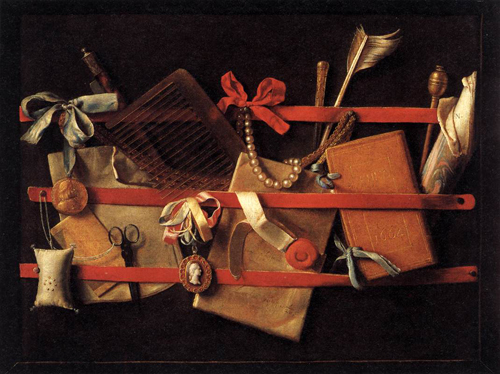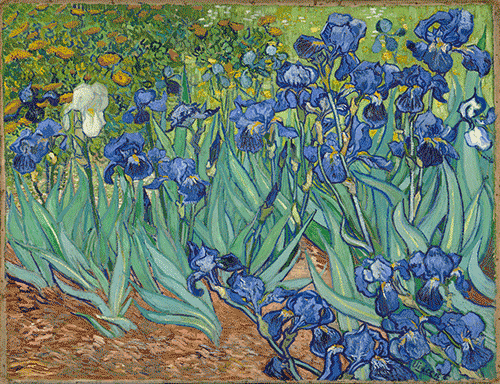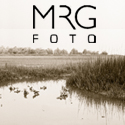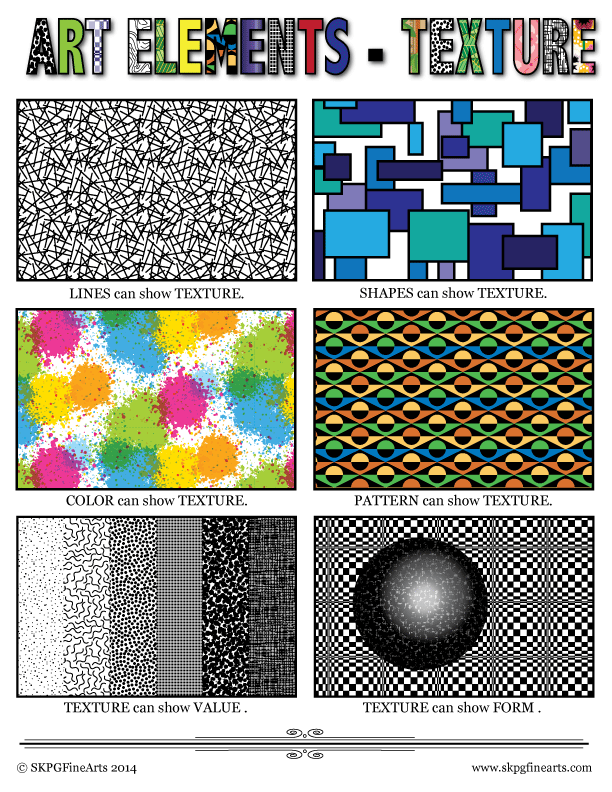an element of art |
Texture:
–noun
1. the visual and especially tactile quality of a surface: rough texture.
5. Fine Arts -
a. the chracteristic visual and tactile quality of the surface of a work of art resulting from the way in which the materials are used.
b. the imitation of the tactile quality of represented objects.
Dictionary.com Unabridged. Random House, Inc. 26 Dec. 2010. <Dictionary.com http://dictionary.reference.com/browse/texture>.
TEXTURE in art refers to visual texture or actual, physical texture.
Visual texture can be expressed with mark making, color, value, pattern or the absence of pattern or marks. Visual texture can appear to be smooth, rough, bumpy, furry or any other physical texture.
Artworks also include physical, tactile texture from the media and surface used. This can also be smooth, rough, bumpy, etc.
Trompe l’oeil paintings, flourishing from the Renaissance on, are extremely realistic and show very specific textures. These are visual textures since the painting itself is somewhat smooth and consistent yet a variety of textures are represented.

Tromp-l'oeil Still-Life (1664) by Samuel van Hoogstraten Oil on canvas, 46 x 58 cm, Dordrechts Museum, Dordrecht
Links for additional Trompe L’oeil paintings:
Larry Charles
William Michael Harnett
Some artists, such as Vincent van Gogh, create(d) paintings that show visual texture but also use actual texture. This impasto technique uses thick, lumpy applications of paint rather than a smooth application.

Vincent van Gogh, Irises, 1889. Oil on canvas, Getty Center, Los Angelos.
The above images are in the Public Domain
Click on poster above for a larger, printable version.
Links for additional paintings that use the element of texture:
Edgar Degas
Janet Fish
Joshua Meyer
Jose Parla
Jean-Paul Riopelle
David Walker




